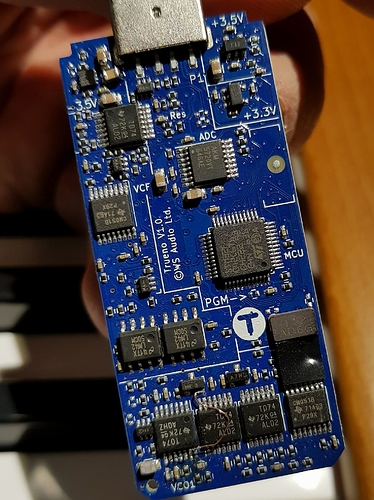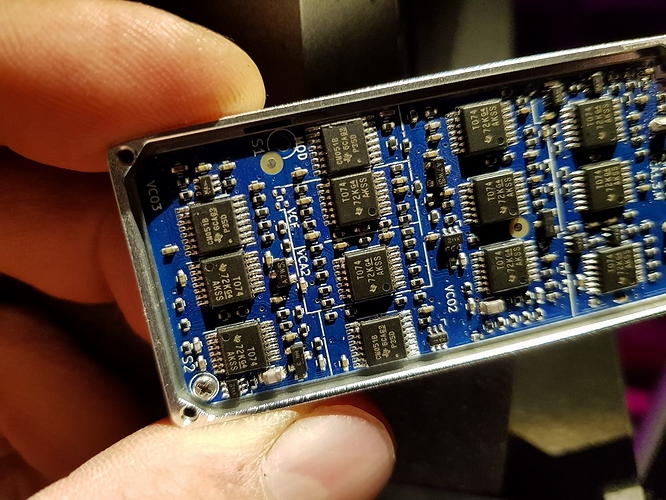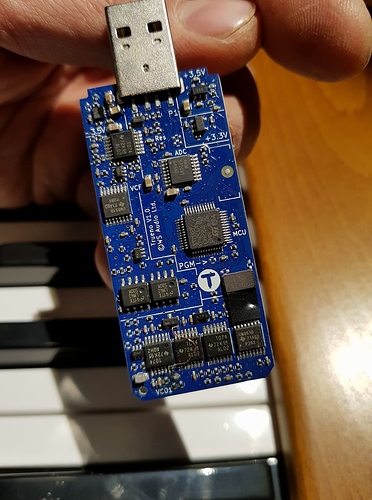As far as I'm aware, there is no such thing as a digitally controlled VCO, it is either one or the other as the "C" in VCO stands for "Controlled".
It cannot be both Digitally controlled (Digital), and Voltage controlled (Analogue) at the same time:
DCO = Digitally Controlled Oscillator
VCO = Voltage Controlled Oscillator
Nice idea though, and assuming they're not lying, it would certainly be nice to have a real analogue synth to plug in and use with a DAW having on on-screen interface. I will not be buying one, though, because it doesn't have an analogue output.
It feels completely and pointlessly idiotic to do that.
On the plus side, though, at least they spell "Analogue" correctly!
Really baffled by the lack of anlogue oputput. Could be designed by an Apple fanboy who thinks everyone else is dumb enough to buy audio-capable devices without an analogue headphone/output socket 









